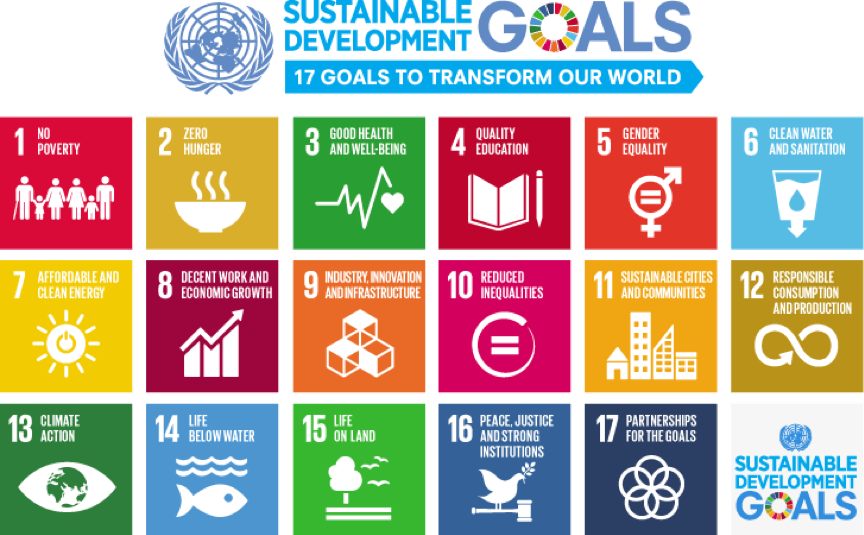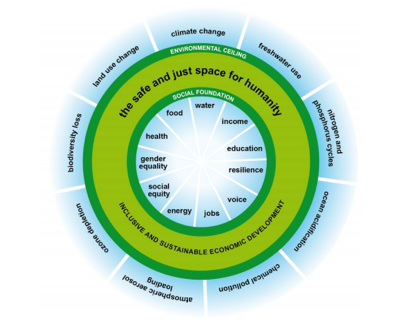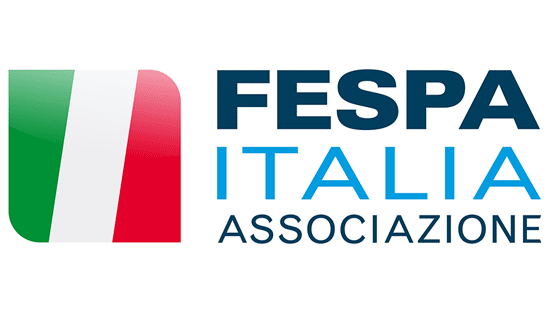What are the UN Sustainable Development Goals and why do they matter?

Detox your business and track your progress towards sustainability.
The genie is out of the bottle.
The argument has moved on from whether we should adopt sustainable methods of working, producing and consuming to strategising the best methods of doing so. Consumer demand for environmentally friendly products and services has never been higher, and businesses have rarely been under such scrutiny. Your customers not only expect strong sustainability credentials: increasingly they demand them – and want to inspect your progress to achieving them.
Today’s young consumers with their increasing spending power will further amplify these demands. How can you show them you are taking firm, measurable strides towards a fairer, greener planet?

The challenge has never been greater. Far from being limited to product or company-wide disruption, entire economic systems will be redefined. And printers cannot afford to rest on their laurels – survival depends on leading change. Consumers will settle for nothing less.
What are the UN SDGs?
The 17 United Nations Sustainable Development Goals (SDGs) were formulated in 2015 as a blueprint to end poverty and exploitation while fighting climate change and environmental damage. They range from “no poverty” and “gender equality” to “responsible consumption and production” and “peace and justice”. The amount of goals, they range across all aspects of business and society and their high expectations can seem daunting.
But these aren’t vague, pie-in-the-sky aspirations: they are a shopping list of concrete, realisable metrics that we can all take steps towards, starting today. They’re also a benchmark for a paradigm shift in businesses – taking steps to make a positive contribution not just to the consumer but to society, the economy and the environment as a whole.
Perhaps the most important business benefit is to how you are perceived by customers, whose “green-washing” detector is more acute than ever
First, you are not expected to spread yourself so thin that you can tackle all 17 goals at once. Focus on one or two at a time to make a good start – all businesses can take concrete steps to work towards full compliance with the goals. In fact, many printers might already be halfway there as it makes good business and financial sense to dispose of wastewater efficiently and cleanly, to use digital printing technology where possible, to recycle and to use cheap, clean, efficient energy: all UN SDGs.
Perhaps the most important business benefit is to how you are perceived by customers, whose “green-washing” detector is more acute than ever as they get wise to the offshoring of difficult practices such as carbon offsetting and increasingly not only expect, but demand, strong and measurable sustainability credentials. The simplicity of the SDGs make them a great customer-facing way to show off your progress towards a fairer, greener and more productive world.
The EU will stop allowing offsets to be counted towards emission reduction targets from 2021, closing off a loophole to companies that don’t truly want to make the commitment to genuine, sustainable change.
FESPA presents the latest print-on-demand imaging technology to overcome and surpass the overproduction of analogue
Printers aren’t the greatest culprits in the fashion industry for example – at least compared with tanneries and dyers – nor in the food industry, where printed labels and packaging are a drop in the ocean of waste created by the animal agriculture or plastics industries. But there is still much printers can do.
Your first step
But what is the first, most effective step a printer can make? Debbie McKeegan, FESPA Textile Ambassador, is unhesitant: “Use digital technology. It’s more sustainable – with digital, you use 5% of the water and energy that a traditional textile line would use. That’s massive, massive savings already. The paradigm of printing within a digital format is ultimately sustainable. It allows on-demand production, and uses very very few precious resources, and when it does use them, it only uses them to manufacture what we need and doesn’t generate waste.”
FESPA presents the latest print-on-demand imaging technology to overcome and surpass the overproduction of analogue.
Print on demand can bolster a circular economy approach, whose mantra is reduce–reuse–recycle. Web to print can help a firm take giant steps towards several SDGs, especially those on responsible production, better energy use and less waste. The circular economy is a paradigm shift away from the make–use–dispose model that has characterised economies for hundreds of years. Reducing production to a bare minimum, and only when needed, avoids waste of substrates, inks, energy and out-of-date stock. Digital technology is generally cleaner and uses less energy too.
Recycling is second nature to most of us today, but how can you extend its reach? As well as paper or board, look at how you can recycle metal components, digital drums, ink cartridges and containers. Printer Newman Thomson in Brighton, UK, even uses a non-profit organisation to turn its unwanted crates and pallets into wood chippings for children’s playgrounds. Isle of Wight T-shirt printer Rapanui designs recycling into its customer journey: its organic cotton clothes are made to be recycled and customers can return them when they are worn out to be recycled, in turn they receive credit against their next purchase.
For those materials that cannot be returned to the environment, seek to reuse them – plastic packaging and containers can be repurposed.
Doughnut economics
Economist Kate Raworth recently popularised a “new 21st-century compass”, the theory of doughnut economics. The doughnut combines the goals of environmental sustainability and social justice in a single world-view (see figure below). Raworth asks how we ensure that no-one falls short on the essentials of life (housing, education, health, a voice in democratic politics) without damaging further the life-supporting systems of the planet (chemical pollution, biodiversity loss, ocean acidification).

The 'doughnut' of social justice and environmental limits
Countering opinion that sustainable policies in business or government exacerbate poverty, or destroy businesses, in a 2012 paper for Oxfam, Raworth says: “Social justice demands that this double objective be achieved through far greater global equity in the use of natural resources, with the greatest reductions coming from the world’s richest consumers.”
Shaking off cynicism
A ‘do nothing’ policy is no longer acceptable. And even a ‘do what pays’ – cutting carbon emissions and getting green certification to boost sales – no longer cuts it with a motivated, mobilised and increasingly discriminating consumer base. Firms should not be sticking to the bare minimum but placing themselves in the vanguard of progress – customers now expect nothing less. A business should see itself not merely as a passive feeder on resources and producer of waste, doing the bare minimum, but a net contributor to society as a whole, generating, for example, living wages.
It is now clear that following sustainable policies and aiming to achieve all 17 SDGs does not come at the cost of doing business – the SDGS encourage economic growth, but more equitably.
The largest multinationals, such as Unilever, have put a circular economy approach at the centre of their company ethos: Unilever has not just removed plastic from its packaging chain, it is seeking to promote re-use and refills of its skin care products. Larger companies, like iron-clad battleships, can find it hard to turn more rapidly – despite the press, Unilever failed to meet its waste reduction targets last year.
But smaller, more agile companies have the opportunity to set the tone and steal a lead on larger corporations.
Far from being prohibitive of profit, sustainability increases it through decreasing the costs of producing and clearing up waste. More importantly, the benefits of being leaner and greener are society-wide.
Become a FESPA member to continue reading
To read more and access exclusive content on the Club FESPA portal, please contact your Local Association. If you are not a current member, please enquire here. If there is no FESPA Association in your country, you can join FESPA Direct. Once you become a FESPA member, you can gain access to the Club FESPA Portal.
Topics
Recent news

How AI can benefit your data collection
Printers are collecting data about everything from costs to customers and inventory. But how can AI help you to make the most of that?

No minimum order: the growth of DTF decoration
Andy Rogers at Stahls’ UK and Europe, garment decoration firm based in Braintree, UK and Dillingen, Germany, on the cost and speed benefits of direct to film (DTF) printing.

The design democracy: AI, creativity and interior décor
We spoke to Matt Fletcher of John Mark Ltd and Cheryl O’Meara from the Print Pattern Archive about combining age-old techniques with artificial intelligence (AI) to create exciting new motifs for luxury wall coverings.
